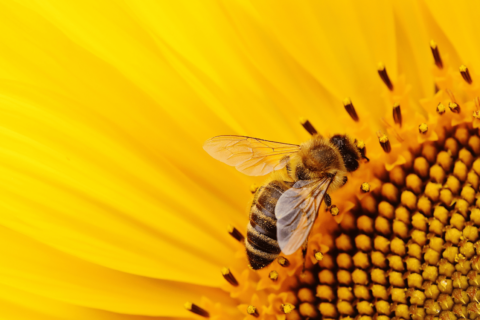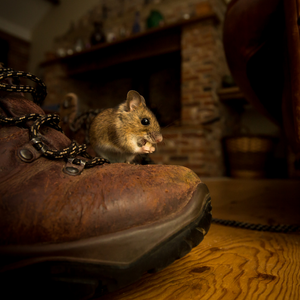Avoid the Sting of Wasps This Autumn

Wasps are known to be pretty aggressive flying predators this time of year. It is crucial that we learn how to avoid them. While we may think wasps are only out to get us, the truth is that wasps are the natural predators of other insects like flies and caterpillars, or even spiders. This means that while they are out and about around your home they are out hunting and scavenging for food. Wasps are naturally very attracted to the sweeter things in life like fruit and sugary drinks. Be careful around rotting fruit or uncovered garbage cans. Some wasps will also stop and visit flowers for their sweet nectar, so if you see some hanging around your garden that could be why.
Natural Prey
This natural prey drive and fierce protectiveness over their hives is what causes wasps to sting when they perceive as dangerous threats. Stinging incidents rarely occur from an unprovoked wasp. So after receiving a sting, look at your surroundings as you are most likely within the wasp’s territory. Some wasps will view their territory as anywhere as far as 8 yards around their nest. Make sure to check all possible surfaces within a safe distance so you can locate the nest and prevent any future accidental run-ins with the hive.
Confusion
Wasps are sometimes confused with bees although their body shape is very different. To avoid confusion, when you see a flying insect with a round and fuzzy, yellow body assume that it is a bee. However, a wasp’s body is very thin with long legs. Unlike their fuzzy friends the bee, a wasps stinger does not detach after stinging you once. If you receive multiple stings from the same insect then you can confirm that the aggressor was indeed a pesky wasp.
Social wasps, such as yellow jackets, are the most commonly confused with the bee. Yellow jackets are also the majority of perpetrators in stinging incidents as they are typically the most aggressive. They live in large colonies. The larger the colony the fiercer they become in their attempts to defend it against any perceived potential threats. The early fall can be a tough time for these predators. Food sources are low. Wasps must venture out further and with more aggression in their attempts to feed the colony.
Know your surroundings and be careful.


